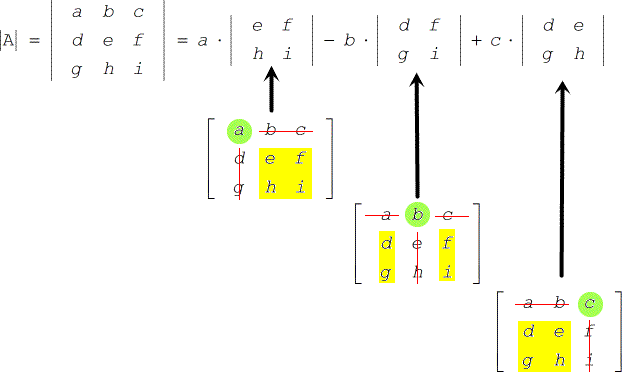

Otherwise, if the input matrix is numerical then a method using LAPACK routines is used. For eigenvalue computation when the input is an × matrix of machine numbers and the number of eigenvalues requested is less than 20% of an Arnoldi method is used. As is typical for Mathematica, this means that the system will make an automatic choice of method to use. The default setting of the option Method is Automatic.

In this way a uniform interface is provided to all the functionality that Mathematica provides. You can select between these using the option Method. In Mathematica the reduced row echelon form of a matrix can be computed by the function RowReduce.Įigenvalue computations are solved with a number of different techniques that are specialized to particular problems. The reduced row echelon form (and row echelon form) give a way to determine the rank of a matrix as the number of nonzero rows. The reduced row echelon form of a matrix is unique. It can be formed by a procedure similar to the procedure for the row echelon form, also taking steps to reduce the pivot to one (by division) and reduce entries in the column above each pivot to zero (by subtracting multiples of the current pivot row). It also gives a way to determine the rank of a matrix as the number of nonzero rows.Ī matrix is in reduced row echelon form if it is in row echelon form, each pivot is one, and all the entries above (and below) each pivot are zero. The row echelon form is not unique but its form (in the sense of the positions of the pivots) is unique. The process finishes when the last row or column is reached.Ī matrix is in row echelon form if any row that consists entirely of zeros is followed only by other zero rows and if the first nonzero entry in row is in the column, then elements in columns from 1 to in all rows below are zero. If this pivot is zero and any nonzero entries are in the column beneath, the rows are exchanged and the process is repeated. The next pivot is chosen by going to the next row and column.

Reduced Row Echelon FormĪ matrix can be reduced to a row echelon form by a combination of row operations that start with a pivot position at the top-left element and subtract multiples of the pivot row from following rows so that all entries in the column below the pivot are zero. One way to understand the rank of a matrix is to consider the row echelon form.
#WOLFRAMALPHA MATRIX SOLVER FULL#
If the rank is equal to the number of rows, it is said to have full row rank. If the rank is equal to the number of columns, it is said to have full column rank. From this it follows that the null space is empty if and only if the rank is equal to n and that the null space of the transpose of A is empty if and only if the rank of A is equal to m. If you're interested about the context, I'm studying the Landau levels of a simple tight-binding Hamiltonian on a square lattice with nearest neighbor interactions, periodic boundary conditions and a constant magnetic field using the Landau Gauge.For an m × n matrix A the following relations hold: Length ]+ MatrixRank n, and Length ]+ MatrixRank m. If there is such a way, maybe I could use it to solve other problems that arise in a similar context. However, this has so much symmetry that it makes me wonder if there's a way. Usually I'd accept that this is as hard a problem as finding the eigenvalues of a tridiagonal matrix with any old $a_n$. I don't even know if these specific matrices have a name. I've done quite a bit of research on the internet about tridiagonal matrices but I cannot find any source of information suitable to my problem. I really want to find the eigenvalues of this matrix:


 0 kommentar(er)
0 kommentar(er)
